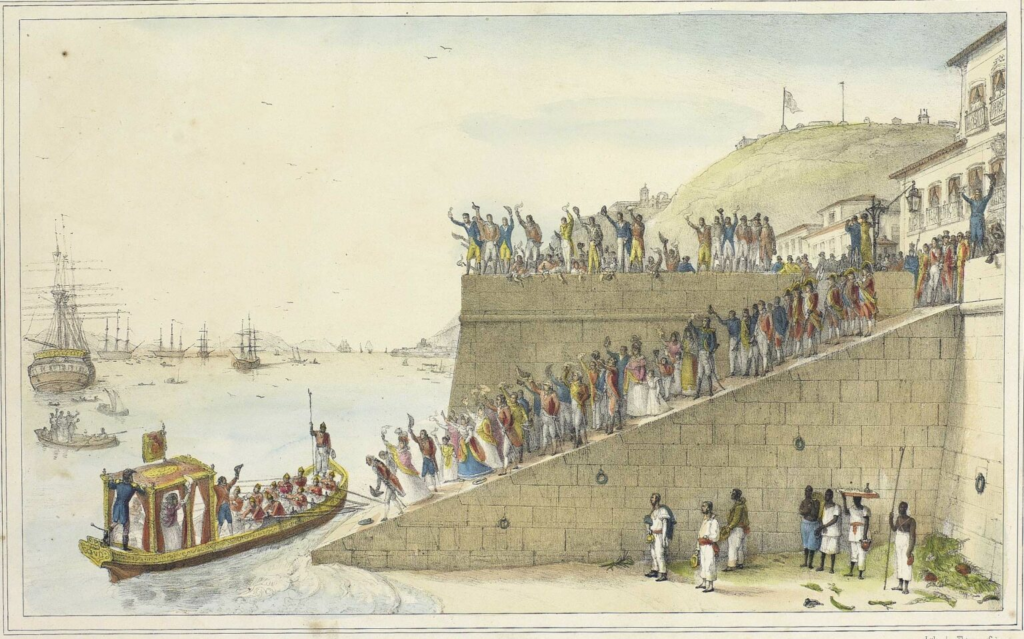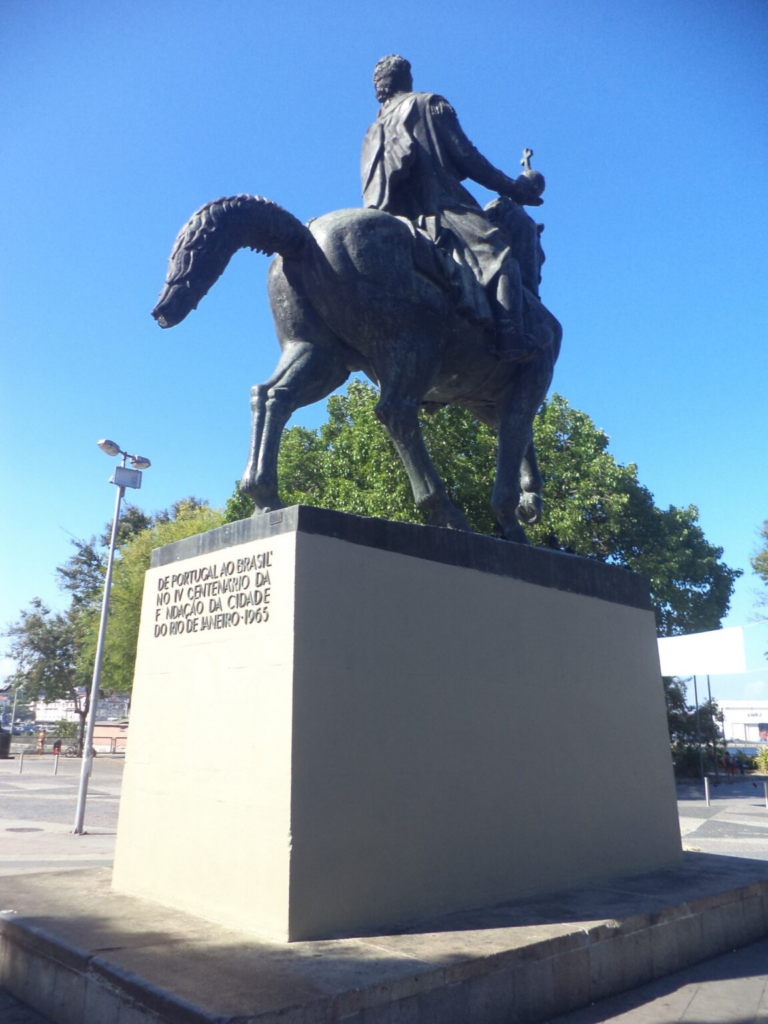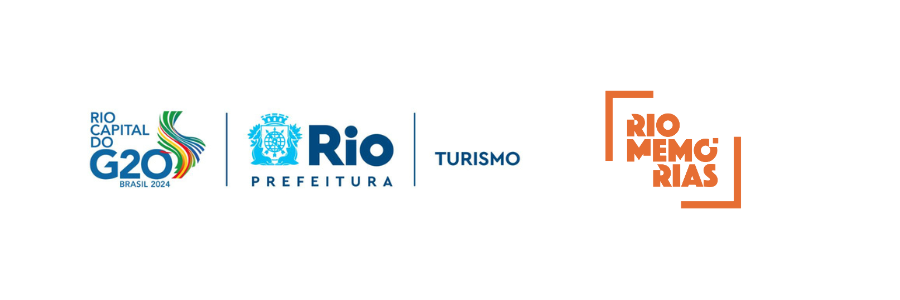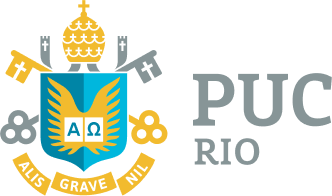Equestrian statue of Dom João VI
One of the most talked about figures in the history of Rio de Janeiro is Dom João VI. He acted as regent of the Portuguese throne from 1792 – following the death of his older brother, José and the diagnosis of his mother, Dona Maria I, as “mentally incapable” of leading the land. The prince faced turbulent times during his rule. There was constant tension between Portugal and France after the rise of Napoleon Bonaparte. Under threat of the French, Dom João VI decided to transfer the Portuguese Court to Brazil with the assistance of the British government and in March 1808, after a brief stay in Salvador, the royal family arrived in Rio de Janeiro, making the city the capital of the Portuguese Empire.

The arrival of hundreds of Portuguese in Rio led to significant changes in the infrastructure, customs, and traditions of the city. In the years following 1808, a number of institutions were established, such as the Royal Military Academy, the Military Archive, the Rio de Janeiro Academy of Fine Arts, the Bank of Brazil, the Royal Library, the Mint, the Royal Press, and the Botanic Gardens. The Vice-regal Palace became the Royal Palace, the Carmo Convent was turned into Queen Maria I´s residence and Rio was transformed into a “New Lisbon.” However, the Napoleonic threat had subsided and pressure by Dom João´s subjects in Lisbon led to his return to Portugal in 1821, following 13 years in Rio de Janeiro. He left one of his nine children, Dom Pedro, to act as Prince Regent of Brazil. Dom João ruled in Lisbon for another five years until 4 March 1826, when the monarch fell ill and died six days later.

The statue of Dom João VI was inaugurated in 1965 in Praça XV. It was a gift from the Portuguese government during the celebrations for the 400 years of the city’s foundation (1565). The work is by the modernist Portuguese sculptor Salvador Carvão da Silva d’Eça Barata Feyo and is representative of the period in which it was installed, as well as the memory intentionally constructed around the monarch. The statue is intended to shy away from an image of Dom João as a benevolent[JA1] character, portraying him on horseback. Equestrian statue have been deployed since antiquity to exalt figures considered heroic, such as emperors, kings, and military leaders. The horse is said to depict a Portuguese Alter-Real which is ascending a ramp in order to enhance its physical stature.
The monument faces the Guanabara Bay, with Dom João looking towards the very spot where he and the entire Portuguese Court disembarked on 8 March 1808. In his right hand, Dom João holds an orb, a cross mounted on a globe. The symbol was frequently used by Catholic kingdoms, such as Portugal, to represent Christ’s sovereignty – represented by the cross – over the world (the orb).

The tribute to the monarch, which weighs almost six tonnes, was constructed in bronze and placed on a marble pedestal. Not only does the statue have an impact on the imagination of the cariocas and tourists walking past but it also played a fundamental role in forming the memory of the people of Rio in terms of the Portuguese period in Brazil. In 2012, a replica of the sculpture was installed in the city of Porto, in Portugal.




















